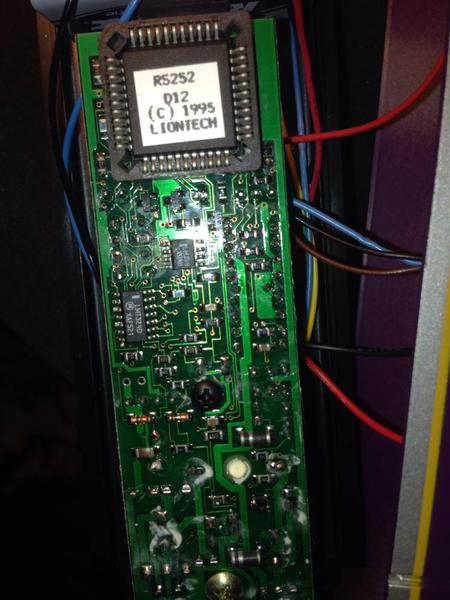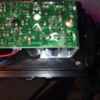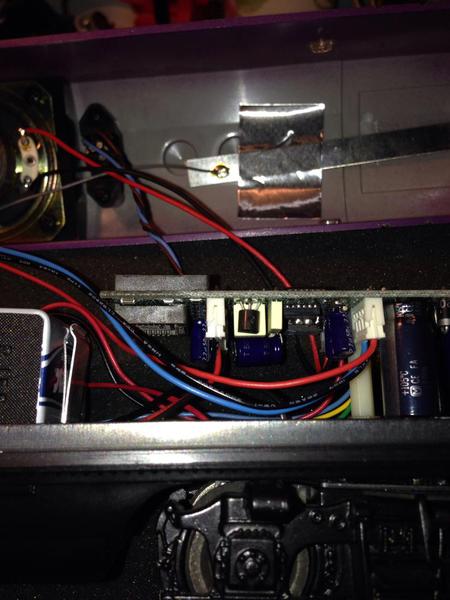The pictures are of the sound board (610-8122-040) in an ACL F3B (6-11903 from 1996) with only a couple hours of run time. It's acting up. Popping and crackling when first turned on. Then okay while running for the most part. Crackling again in shut down under battery power. Did a forum search and see that seating of parts on board could be an issue. But my question is about the white substance all over one end of the board. Anyone know what it might be?
If I have to replace the board, more than likely it has long since become unavailable, but I am sure there is a replacement. I say that because even if I had the proper pulling tool I wouldn't know which component to "re-seat."














